Creating a Threshold Rule
The next step is to create a threshold rule. A threshold rule constitutes the typical threshold settings such as the maximum and minimum threshold values, the threshold policy, the alarm policy, etc., for every measure of a test. To create a threshold rule for the Disk Activity test in our example, do the following:
-
Click on the Threshold Rules button in Figure 4. Figure 1 will then appear.

Figure 1 : A message indicating that no threshold rules pre-exist
-
To add a new rule, click on the Add Threshold Rule button in Figure 1. Figure 2 will then appear. To configure a threshold rule for the Disk Activity test in our example, first select Windows as the Component type, pick Disk Activity from the Test name list, and specify a unique name for the new rule in the Rule name text box of Figure 9.33. Then, click the
 icon corresponding to any measure displayed in Figure 9.33 to configure maximum and/or minimum thresholds for that measure (see Figure 3).
icon corresponding to any measure displayed in Figure 9.33 to configure maximum and/or minimum thresholds for that measure (see Figure 3). Reference:
To know how to configure thresholds for a measure, refer to Section Defining the Thresholds of a Measure of this chapter.
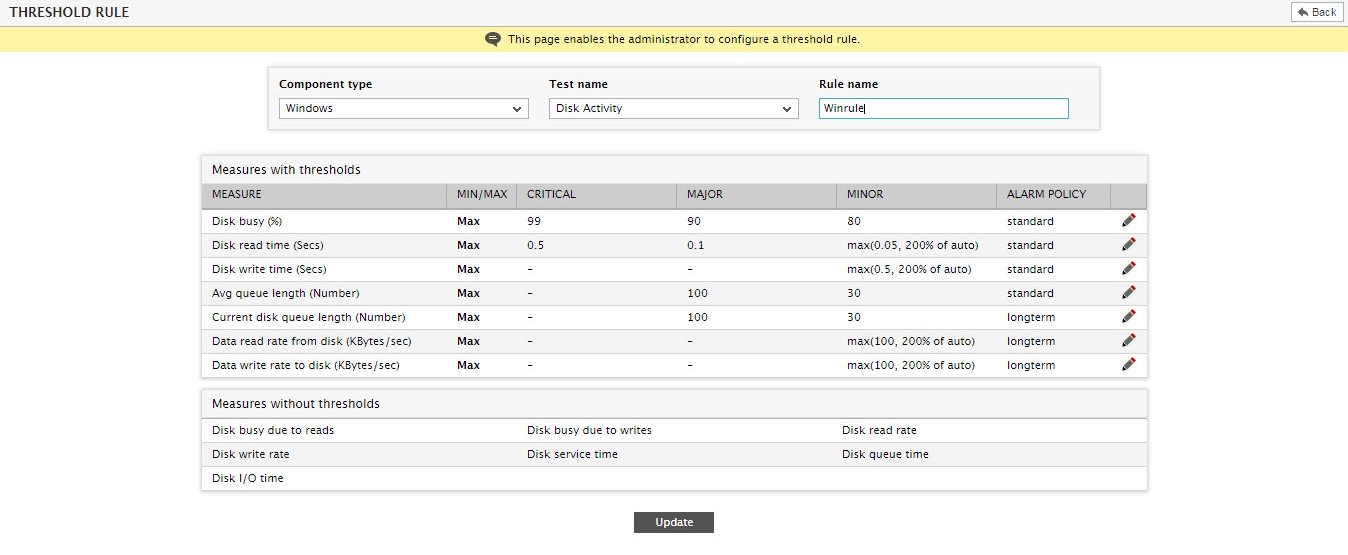
Figure 2 : Creating a threshold rule
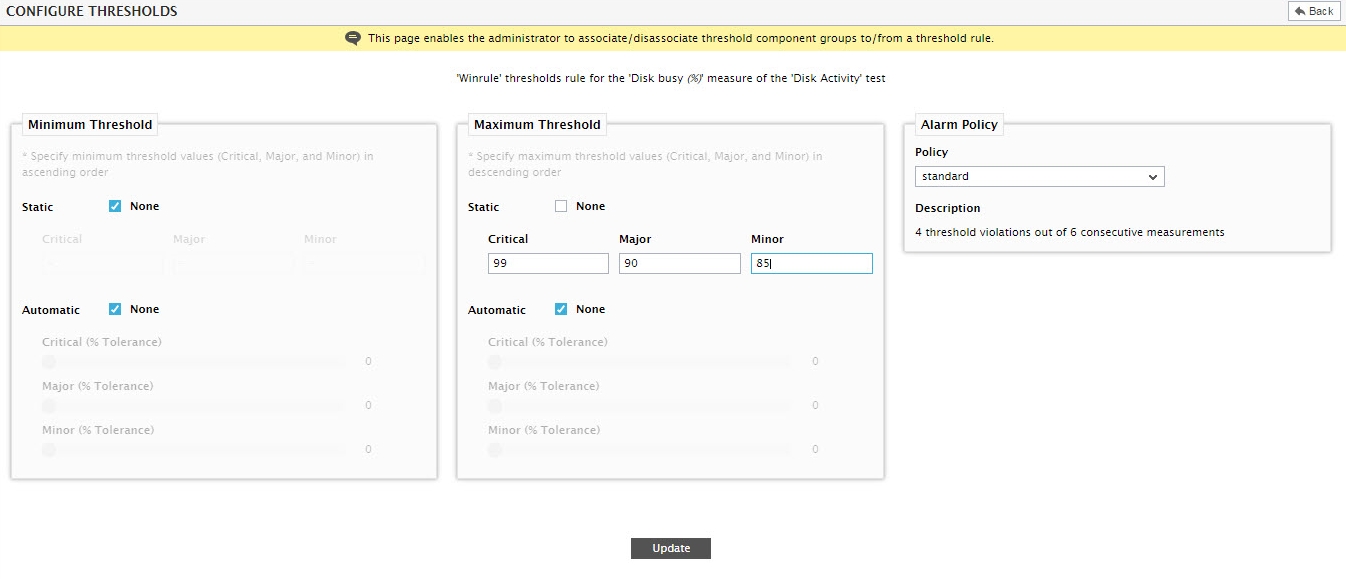
Figure 3 : Configuring thresholds for a measure of the Disk Activity test in our example
- Finally, click the Update button in Figure 3.
-
Upon successfully updating, Figure 4 will appear listing the newly created threshold rule.

Figure 4 : The newly created threshold rule displayed in the THRESHOLD RULES page
Associating a Threshold Rule with Threshold Component Groups
Next, proceed to associate the configured threshold rule with the Windows server group that was earlier created, so that the thresholds set within the rule automatically apply to each of the Windows servers in the group. To achieve this, do the following:
-
Click on the Associate button in Figure 4. Figure 5 will then appear.
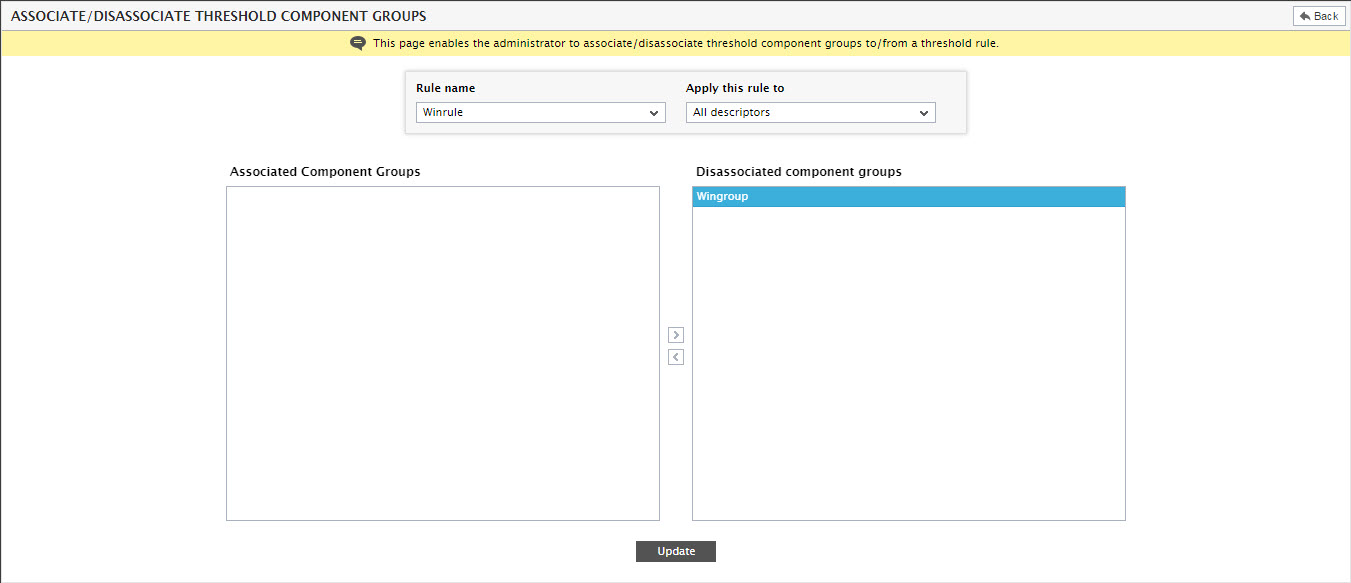
Figure 5 : Selecting the web server group to be associated with the threshold rule
- From Figure 5, select the Rule name that you want to associate with the Windows server group you created earlier. By default, the Apply this rule to list box will have the All Descriptors option chosen, indicating that by default, the chosen rule will be applied to all the descriptors that have been enabled for the Disk Activity test in our example. To ensure that the threshold settings defined in the rule govern the state of specific descriptors only, select the Specific Descriptors option from the Apply this rule to list box of Figure 5. This way, administrators are saved the trouble of manually repeating the threshold configurations for every descriptor of a test.
- Next, select the web server group from the Disassociated component groups list, and click the < button to assign the chosen threshold rule to the selected threshold component group.
-
When this is done, the selected threshold component group will move to the Associated Component Groups list as shown by Figure 6.
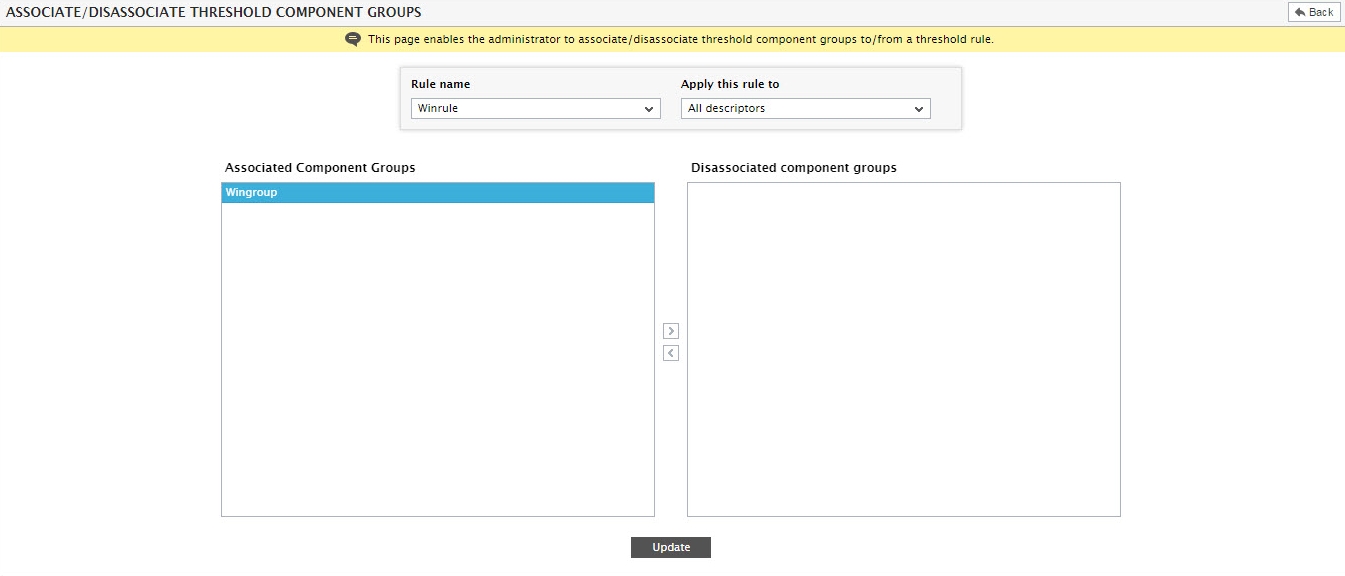
Figure 6 : Associating the web server group with the threshold rule
- To disassociate the web server group from the rule, select it from the Associated Component Groups list and click the > button in Figure 6.
- Finally, click the Update button in Figure 6.
-
If the Specific Descriptors option had been selected from Figure 6, then clicking on the Update button will invoke using which specific descriptors can be associated with the threshold rule. In the case of the Disk Activity test in our example, the descriptors are the disk partition on the Windows servers in the threshold component group. To associate descriptors with a rule, choose the required descriptors from the Disassociated Descriptors list in Figure 7, and click on the < button to associate them with the threshold rule displayed against Rule name. To disassociate descriptors, select them from the Associated Descriptors list and click on the > button.
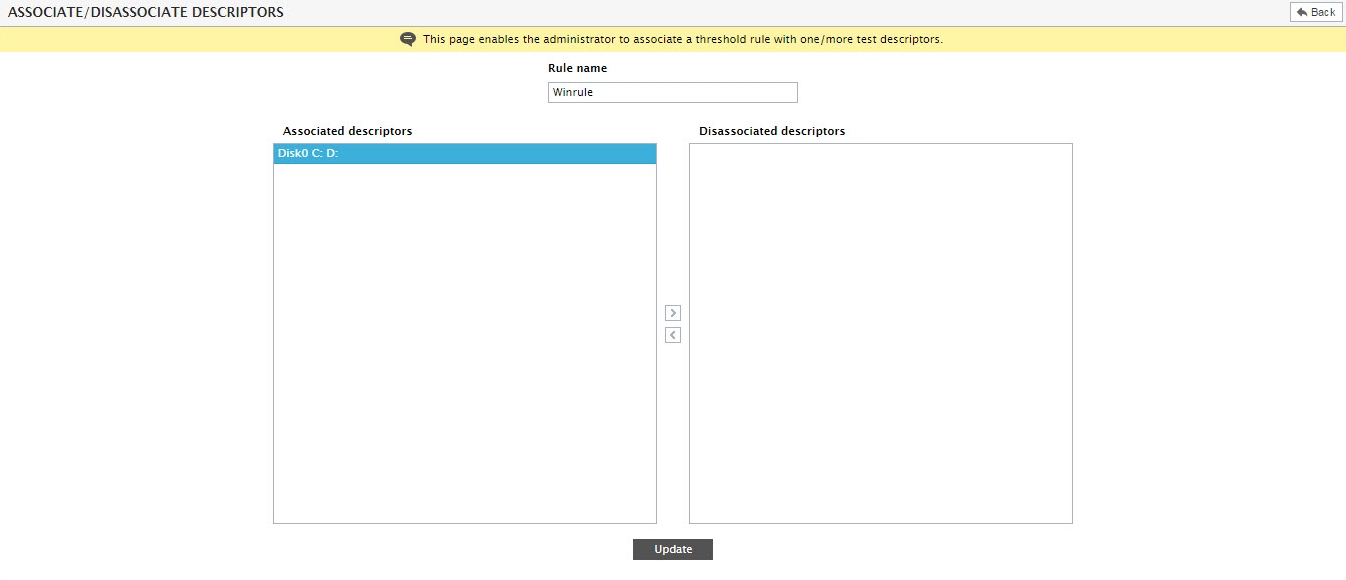
Figure 7 : Associating specific descriptor with the threshold rule
-
Finally, click the Update button in Figure 7.
Note:
- If a descriptor threshold is specified, this overrides all other threshold settings for the specific descriptor. Likewise, if a specific threshold is set for a component, it takes priority over the group and default threshold settings. If neither specific nor descriptor thresholds are set, the group threshold settings (if present) will apply. Otherwise, the default threshold settings will apply.
- By default, a server can belong to only one threshold component group at a time. Accordingly, the AllowComponentsInMultipleGroups flag in the [misc_args] section of the eg_services.ini file (in the <eg_install_dir>\manager\config directory) is set to false by default. If you want to add a server to multiple threshold component groups, then set the AllowComponentsInMultipleGroups flag to true. With this setting, it will be possible to define different component groups - e.g., one for each test - and to map this group to different threshold rules. A caveat to note is that when creating threshold component groups, the administrator must explicitly take care to ensure that the same component is not associated with multiple threshold rules for the same test.
